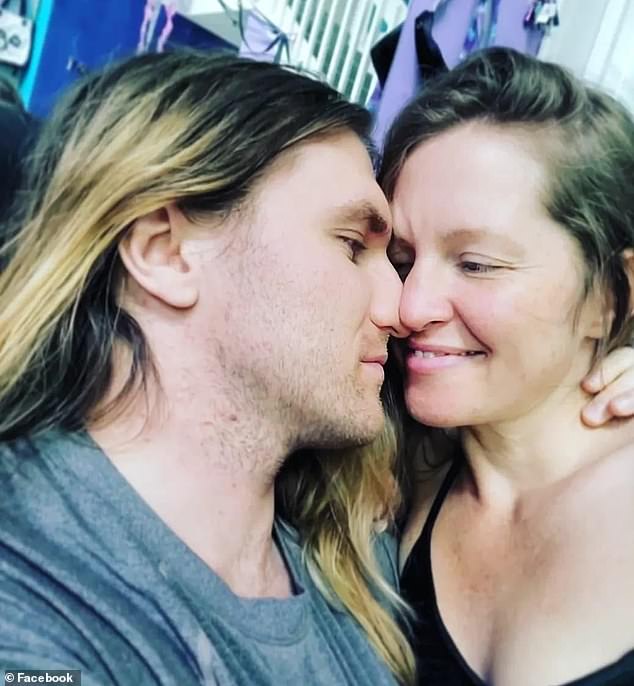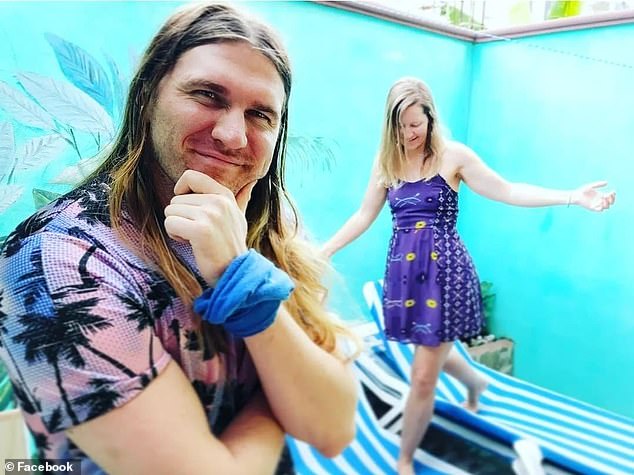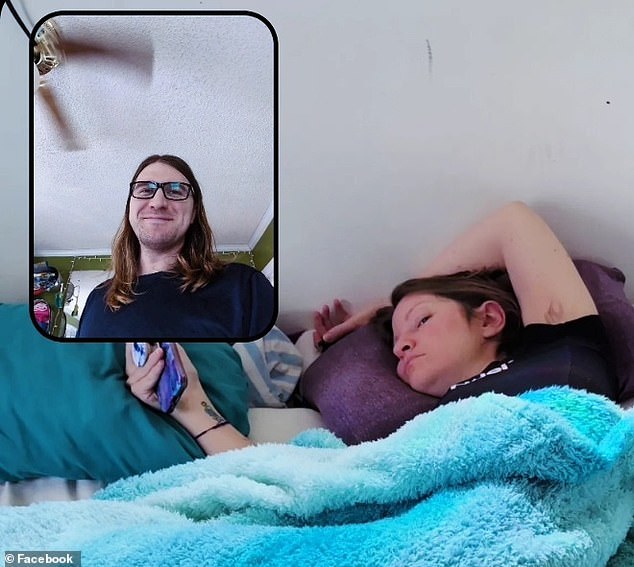A select handful of older millennials who have not yet settled down romantically are channeling their considerable expendable income toward the goal of a long-term relationship.
Mati Roy and Anatoliy ‘Toli’ Zaslavskiy, both in their 30s, are two such cases.
According to a profile in New York Times, Roy decided when he turned thirty that having children was something he wanted. With that end goal in mind, he put together an online dating biography, a personal resume of sorts for potential soulmates to review.
He listed personal characteristics, including his height (6 feet 2 inches), his disinterest in drinking and drugs, and his desire to spend less time together “than typical couples would.”
Then, he threw in a $2,000 bonus that would go to the person who introduced him to the person he would “co-parent” with.
“The money was an experiment and the amount reflected a sum that might motivate people to participate,” according to the Times.
Mati Roy (right) offered an initial bonus of $2,000 to the person who introduced him to the person he would “co-parent” with. He finally found love with Carissa Cassiel (left)

Anatoliy ‘Toli’ Zaslavskiy decided to offer a sum of $100,000 to be paid to his matchmaker over a four-year vesting schedule.
Roy, project manager at OpenAI, called the reward a “citation reward.”
A friend of his threw $1,000 into the reward fund for anyone who introduced Roy to “a person who brought him ‘a lot of joy’ for at least 18 months.”
Zaslavskiy then jumped in with another $500 under the same 18-month condition.
In fact, Zaslavskiy, a Dropbox engineer, liked the idea so much that he created a version of the system himself. But he really upped the ante.
He decided to offer a sum of $100,000 to be paid to his matchmaker over a four-year vesting schedule.
He told the Times: ‘I really liked the vesting structure that startups have and thought, ‘If this works in the financial world, why can’t it work in the dating world?’
He selected the sum after analyzing his salary, his spending habits and the amount he wanted to “invest in love.”
According to their model, the matchmaker would receive a lump sum of $25,000 after one year of dating. The individual would then earn $2,000 per month until the full amount was paid or the relationship ended.
He offered an alternative payment structure, in which the matchmaker would accept 10 percent of the potential couple’s combined annual income also based on a vesting schedule. Of course, that model would depend on the potential partner agreeing to the terms.

Zaslavskiy is now polyamorous, but the reward is still on the table for the person who introduces him to his ‘main partner’

Roy married Carissa Cassiel last year. The couple lives together in Georgia with their son from a previous relationship.

Roy has not yet adopted his son, but if he does, the person through whom they met will receive the initial $2,000 he offered; She already received $1,500 because the relationship has lasted more than 18 months.

“The money was an experiment and the amount reflected a sum that might motivate people to participate,” he told the Times.
Zaslavskiy now identifies as polyamorous, but his six-figure offer remains on the table for the person who introduces him to his “main” partner.
Roy’s strategy, on the other hand, has paid off.
Last spring, he married Carissa Cassiel, whom he met after a mutual friend posted his dating profile on her Facebook page.
Some commenters said the reward was a strange concept. Others said Roy sounded “autistic.”
But Cassiel, 39, said he was surprised by the patience and understanding with which Roy addressed his enemies.
“I watched in the comments how he responded to people,” he said.
“He was very kind and would say, ‘That’s a great point,’ or ‘I should change that,’ or ‘I could add something like that,’ or ‘That’s not how I feel.’ He just handled everything beautifully and I found that very meaningful.” .

